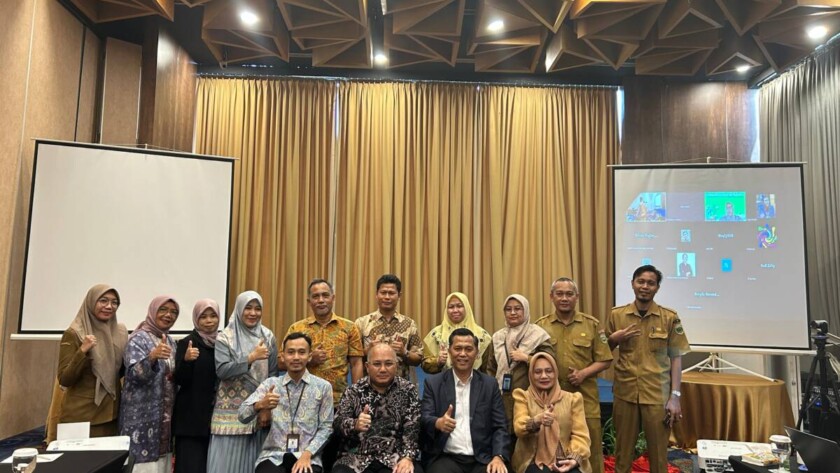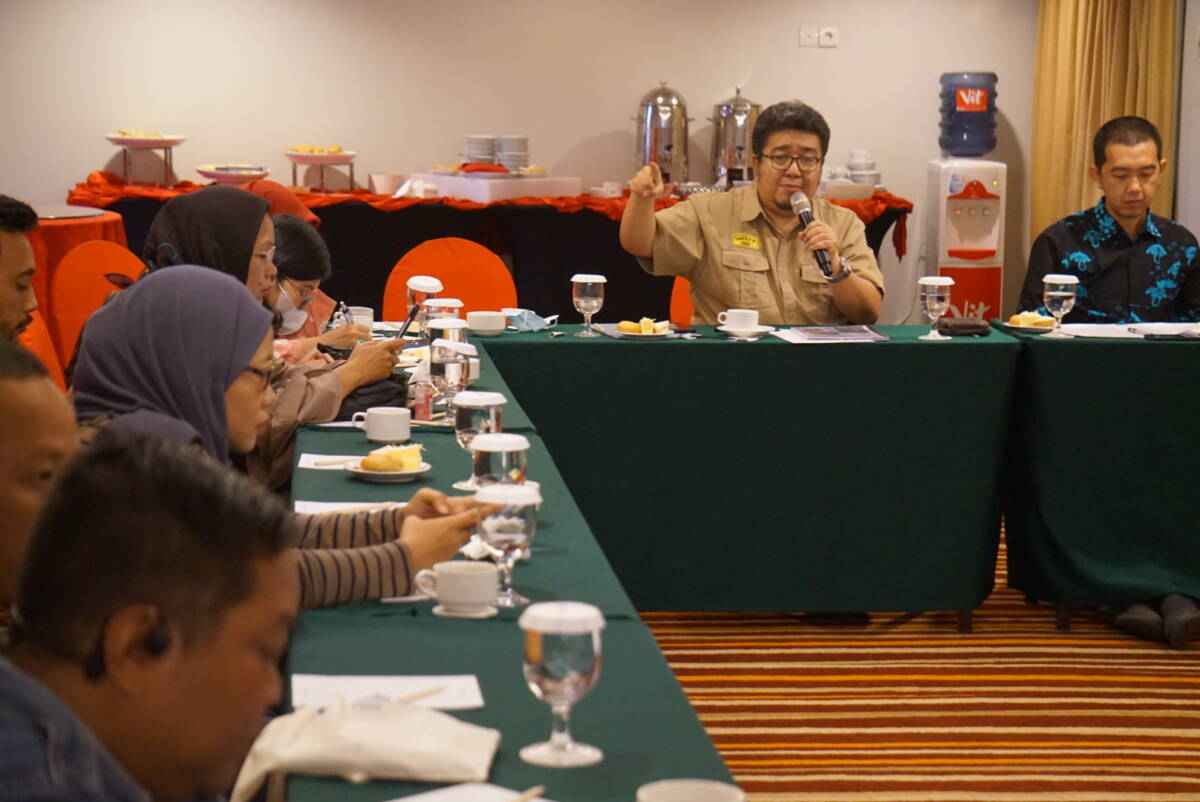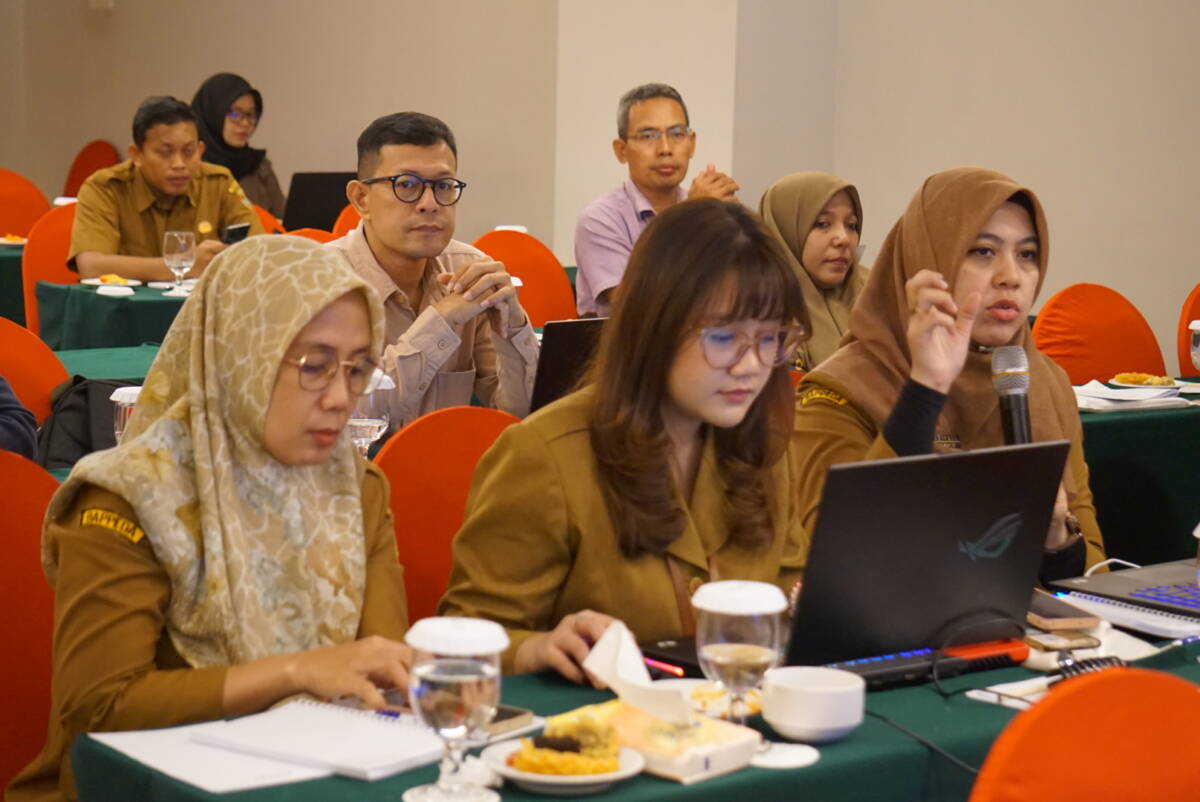Palembang, September 15, 2025 - The transition to renewable energy is crucial as the climate crisis becomes increasingly apparent. Therefore, universities as higher education institutions can play a role in creating solutions that can be directly applied in society. By implementing environmentally friendly technologies and educating students about the importance of sustainable energy management, universities…





